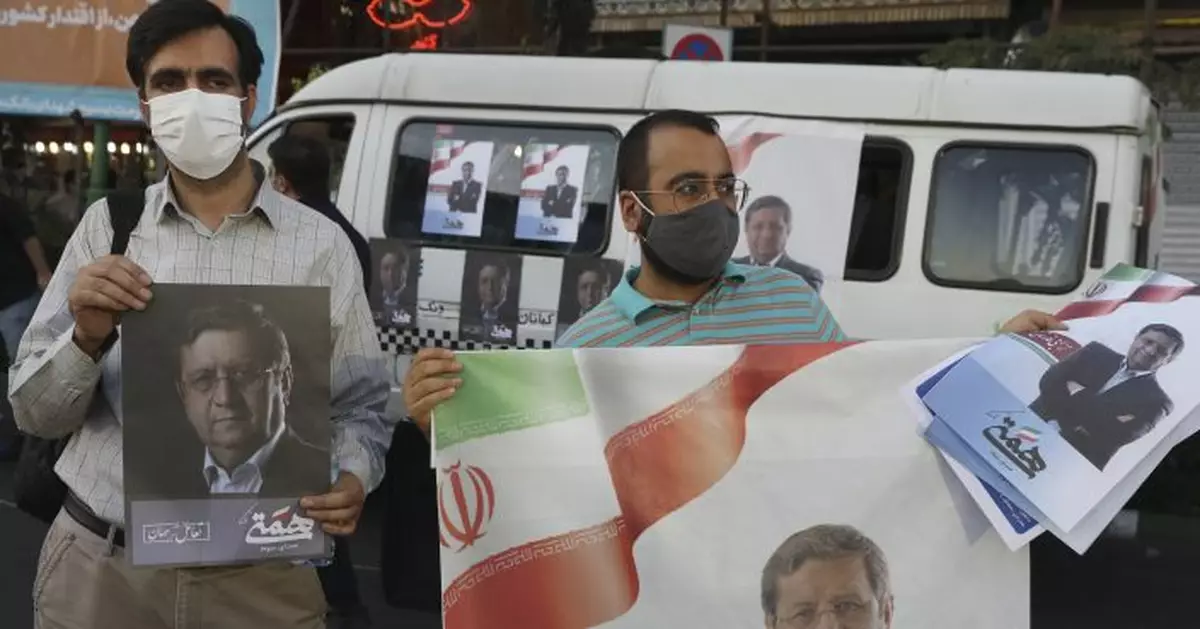A look at some of the numbers that explain Iran's upcoming presidential election:
• More than 59 million registered voters in Iran, a nation home to over 80 million people;
• Seven presidential candidates approved by Iran's Guardian Council to run out of 592 who registered, with three later dropping out;
• Zero women out of the 40 who registered approved to run for the presidency;
• Four-year term for an elected Iranian president;
• Two terms in a row is the maximum any Iranian president can serve;
• 42% turnout projected by the state-linked Iranian Student Polling Agency, which would be a historic low amid a lack of enthusiasm by voters and the coronavirus pandemic;
• 73% turnout in Iran's last presidential election in 2017;
• Over 50% is the amount of the vote a front-runner must win in order to avoid a runoff election — and there's only been one runoff in 2005 since the 1979 Islamic Revolution;
• Six seats will be filled by voters for Iran's Assembly of Experts, which appoints the country's supreme leader;
• Six seats will be filled by voters for Iran's parliament; and
• Nearly 200,000 seats on city and local councils across the country also will be selected by voters.


